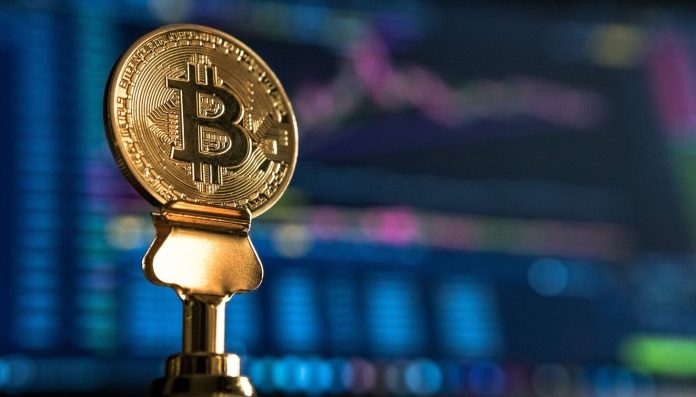Thanks To Lin-Manuel Miranda, the world was reminded of a small but important part of America’s early history: the Compromise of 1790. This moment in the musical “Hamilton” serves as a reminder of just how complex, and at times deceitful, money can be. On the one hand, Alexander Hamilton argued that urban areas were the main engine of prosperity, while Thomas Jefferson argued for a single farmer model, with no strong monetary authority.
The struggle over currency continued into the early 20th century. The Lincoln administration during the Civil War tried to unify currencies with the use of green ink (hence the name greenbacks), and there were many debates about whether the silver or gold standard should be followed. In 1913, the Federal Reserve Act was passed, introducing a formal central bank to the United States. Today, the debate over cryptocurrency and blockchain continues to be a central issue in the debate about money and who has it.
Money serves three purposes. It is a medium of exchange, allowing people to convert their work, whether it be legal briefs or engineering designs, into currency to buy what they want. Money also preserves the work’s value over time. Tomato growers, for instance, can invest for the future if they have a currency to store their wealth. Finally, money serves as a measure of the value and importance of goods and services in a complex economic system.
Not only are coins and paper money examples of currency, but there are many other items throughout history that have served all three purposes. From shells and stones to cigarettes in WWII, various items have been used as currency. Today, cryptocurrency is a decentralized currency that can digitally bypass regimes and cross borders. Originally, the number of Bitcoin a user had was calculated by computer processing time or “mining.” Investors can buy cryptocurrencies on a cryptocurrency market and the certification of the currency is done through blockchain, an electronic lock and key system that encrypts individual currencies.
Do cryptocurrencies have the potential to replace money as it is today? The potential for exchange is there, but only if people are willing to accept it. This phenomenon is known as “network externality,” meaning the currency gains value as more people use it. For example, Facebook became popular while MySpace fell out of favor. Additionally, cryptocurrencies can be used as units of account, and this can be confusing for consumers as they figure out how many units they need to exchange for a certain product.
As investors switch from one digital currency to another, the value fluctuates like a roller coaster, leading to dramatic gains and losses. Interestingly, in countries that experience extreme inflation, such as Argentina or Zimbabwe, cryptocurrencies have become more popular than the local currency due to their stability. The roots of the current digital gold rush can be traced back to the California Gold Rush of the 19th century, and unless blockchain technology can facilitate trade and keep market value high, it may end up looking more like the tulip craze of the Netherlands.
Cryptocurrency may teach central bankers new tricks, and the Federal Reserve is currently experimenting with digital dollars using the same blockchain technology. However, the US dollar will likely continue to be the dominant currency for the foreseeable future.
Michael S. Kofoed@mikekofoed Twitter is Associate Professor of Economics at the US Military Academy, and a Research Fellow at the Institute For Labor Economics. A native of Utah, he holds degrees in economics from Weber State University and The University of Georgia. The views expressed by the author are not necessarily those of the US Military Academy, The Department of the Army, The Department of Defense, or the US Government.

